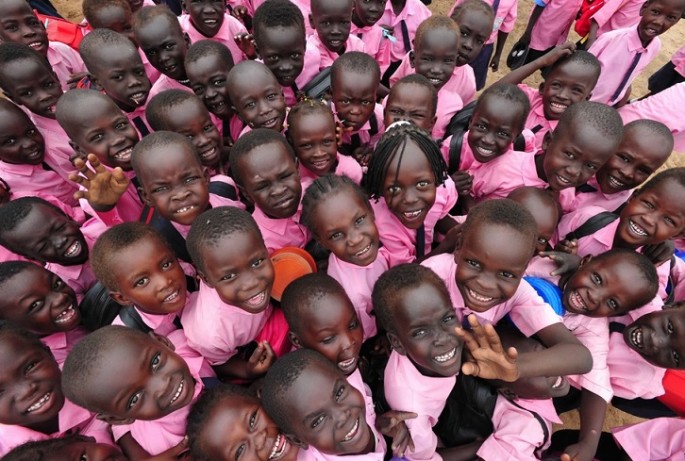A new study forecasts that the world's entire human population can grow up to 40 percent which is estimated to become 11.2 billion during the end of this century.
According to the director of the United Nations' Population Division, John R. Wilmoth, the population will probably soar up to 9.7 billion by 2050 where it is estimated to reach between 9.5 and 13.3 billion in 2100. To date, the whole world population is at 7.2 billion.
Wilmoth reveals that the major cause of the population surge is due to the rapid rise of populations in Africa that is predicted to become 3.4 billion to 5.6 billion by the end of the century, from the current 1.2 billion. This population burst will be caused by persistent high levels of fertility in the region and the slowing rates of fertility decline.
During the last 10 years, Africa's total fertility rate has been declining where a quarter of that decline rate is seen in Asia, Latin America and the Caribbean in the 1970s. On the other hand, Asia is the most populated continent ever, with 4.4 billion people in residence, where it is also estimated to surge up to 5.3 billion by 2050 which will rest at 4.9 billion by 2100.
This UN research that was presented during the 2015 Joint Statistical Meetings in Seattle also examined ageing trends in different countries worldwide. Wilmoth says that a way to measure the world's populations per country or continent is to observe their potential support ratio that can determine how a population ages along with the obligation or potential of a nation to support its elderly.
This calculation involves dividing the number of people between ages 20-64 with the number of elderly people that are aged 65 and beyond.
To date, Japan has the lowest ratio between the elderly and adults supporting them at 2.1 meaning, for every 210 people aged 20-64 they support 100 people over the age of 65 that signifies an over population of the elderly. In contrast, Bangladesh possesses a ratio of 11.2 where there are 1,120 adults from 20-64 for every 100 elderly beyond 65 years old indicating a young population.
In the United States, the potential support ratio will plummet from 4.0 to 1.9 during the end of the century while Germany is also falling from 2.9 to 1.4, Mexico from 8.7 to 1.4 and finally China from 7.1 to 1.4. By the year 2100, the potential support ratio that will be above 5.0 are African countries namely Angola, Gambia, Niger, Somalia, and Nigeria with Niger at 6.4 due to Africa's rapid fertility rate.



























